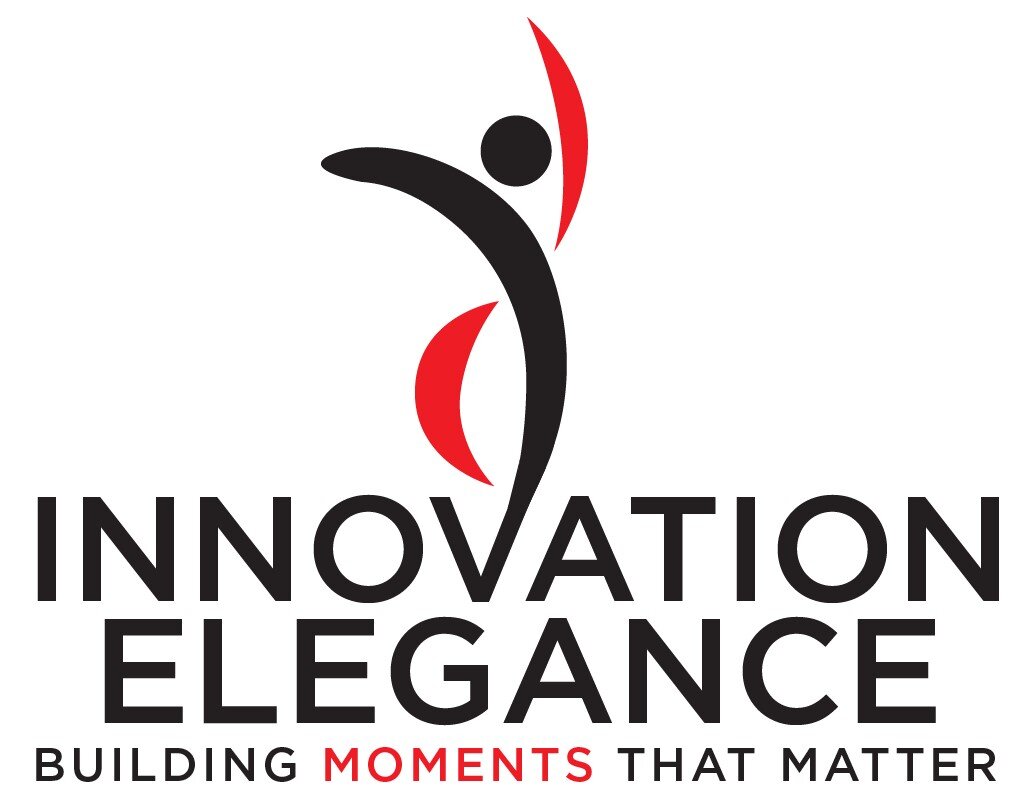Good and Bad Use of Email
Email is a wonderful servant. It is a horrible master. You and your team often suffer from email overload. You should know the difference between smart use of email versus poor use of email.
All of us have searched for that single important email from six months ago. At that time, Person A typed at Person B, the topic quietly died, and now someone wants to resurrect the conversion. The value of email depreciates quickly. You must keep this in mind as you decide how to use it - balancing this communication channel with meetings and documentation.
I welcome your reactions, ideas, and additions below!
Poor use of email includes:
The content resides in an email, where Person A typed at Person B, and the content belongs instead in an asset, e.g., information that the team needs to know 6-12 months from now
A verbose response, where some of the content likely belongs in an asset
Negative emotion of any kind that is more constructively shared in a conversation
Sensitive content that warrants a conversation beforehand to convey tone of voice
Emailing to avoid a conversation although talking is more likely to achieve mutual understanding
Sending an email to too many recipients
Responding after a very long delay
CYA (Cover Your Backside)
Smart use of email includes:
The email content doesn’t belong in the actual asset that is the subject of - or attached IN - the email
The email content includes information that the team does not need to know 6-12 months from now
Succinct, unless sharing a thought process in written form
Commentary with low sensitivity and low emotion
Pragmatic, task conflict never emotional, personality conflict
Clearly agreeing or disagreeing, never demonizing
Appropriate recipients and appropriate quantity of recipients
Responding with only a short delay
Even with new tools such as MS Teams, Slack, and Yammer, team members typing AT each other dilutes focus away from collaboration in the right assets. Emphasizing email over an Agreement Factory undermines speed, quality, waste, and more - things valuable in your innovation factory. Email makes life easier. It is a wonderful servant, but a horrible master.




